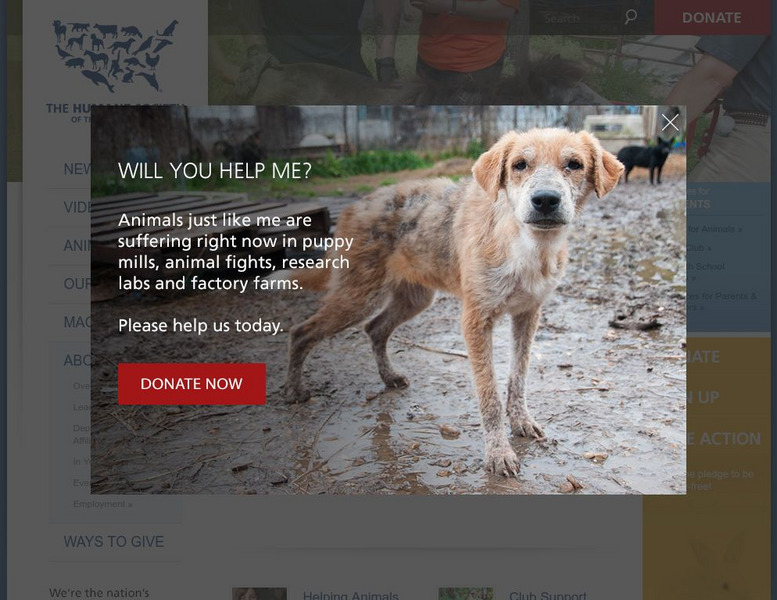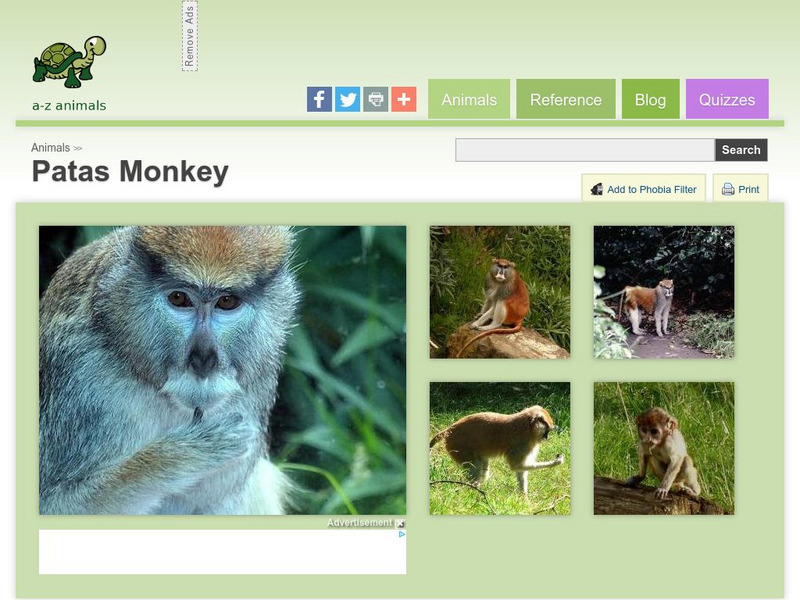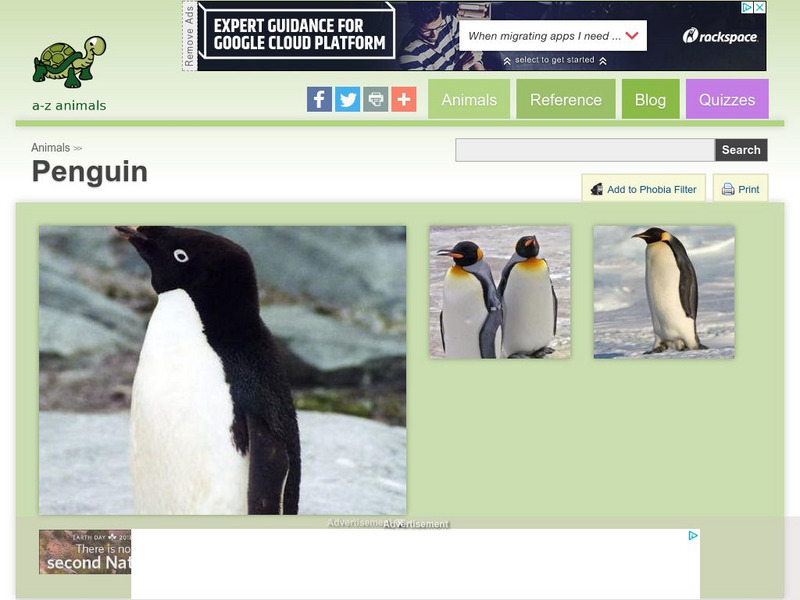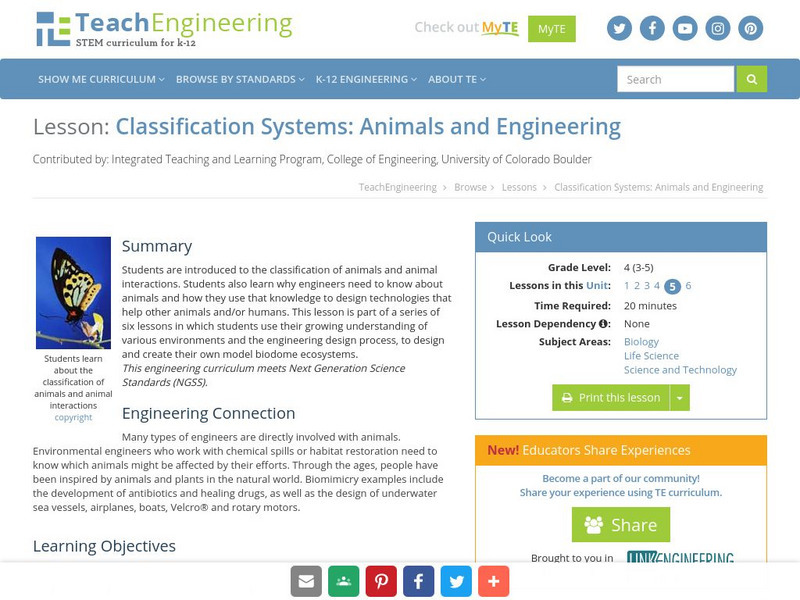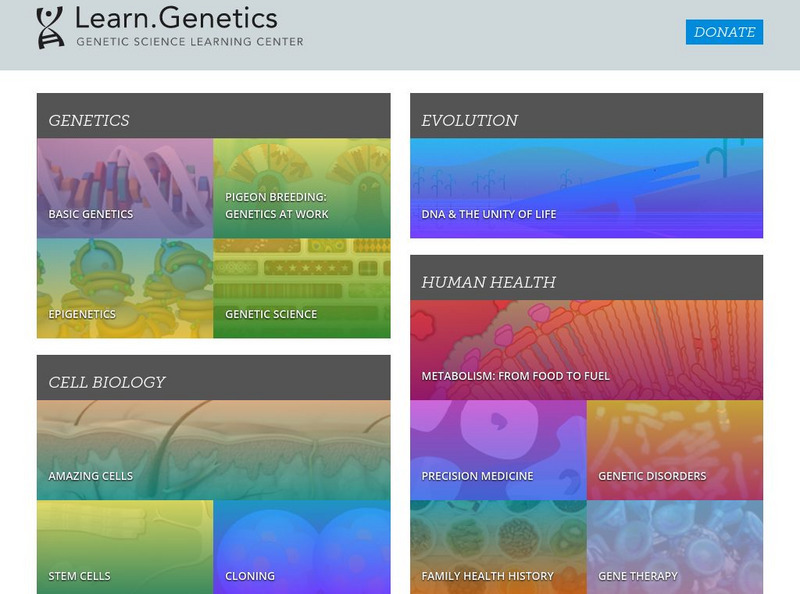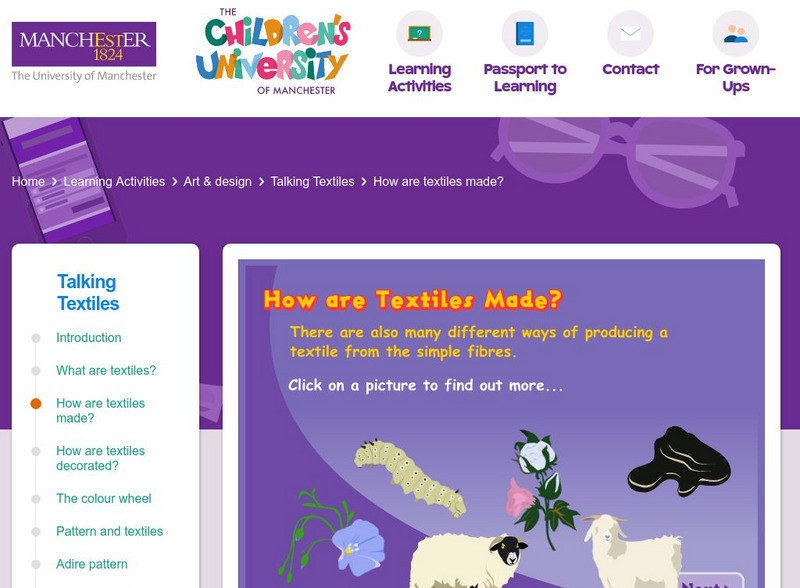Curated OER
Ani-mania
Students view and discuss Robert Harris' farm landscapes and create their own mural out of wood. In groups, they discuss various issues affecting pets throughout the world and create a way to protest or celebrate the issue. They try to...
Curated OER
Anaerobic Lactic Acid System Exploration
Students explore the role, functions, and conditions in which lactic acid is produced. They share ideas to complete a KWL on the vocabulary for the lesson then research these ideas futher on the internet using a set of prompting...
Soft Schools
Soft Schools: Animal Structure, Function, and Behavior Quiz
Take an interactive quiz over animal structure, function, and behavior. After completing the quiz, check your score, and then revisit any incorrect question for further review.
Other
Bio Anim
BioAnin presents 3-D labeled images of all of the major systems of the human body, for example, the digestive system and the endocrine system. The images are embedded in slideshows. The site also has interactive 3-D models that can be...
The Association of the British Pharmaceutical Industry
Active Science: Humans and Animals: Food [Pdf]
An interactive online game to explore what animals eat.
Howard Hughes Medical Institute
Hhmi: Bio Interactive: Explore Your Inner Animals
Did you know parts of our body was inherited from distant animal ancestors? In this interactive students will investigate different anatomical features of the human body to reveal our evolutionary history. Learn how humans share...
Other
Humane Society: Humane Teen
Students get involved in making a difference for animals. The interactive resource explores humane profiles, news and updates, humane high school, and the mission of the humane society.
Louisiana Department of Education
Louisiana Doe: Louisiana Believes: English Language Arts: Grade 8: The Call of the Wild
This unit explores human interaction with animals and nature. The literary texts illustrate various encounters between humans and animals from the perspective of both sides. Students learn how different points of view help readers...
Regents of the University of Michigan
Animal Diversity Web: American Bison
Comprehensive reference material on the American bison: its habitat, physical features, eating habits, reproduction, behavior, communication, roles in a prairie ecosystem, and interactions with humans.
A-Z Animals
A Z Animals: Animal Facts: Panther (Panthera Pardus)
Provides photographs and a fact card about the panther. Discusses where they are found, their classification, anatomy and physical characteristics, distribution and habitat, behavior, lifestyle, reproduction and life cycle, diet,...
A-Z Animals
A Z Animals: Animal Facts: Patas Monkey (Erythrocebus Patas)
Provides photographs and a fact card about the patas monkey. Discusses other names for it, where they are found, anatomy and physical characteristics, distribution and habitat, behavior, lifestyle, reproduction and life cycle, diet,...
A-Z Animals
A Z Animals: Animal Facts: Puma (Felis Concolor)
Provides photographs and a fact card about the puma, also known as a cougar or mountain lion. Discusses where they are found, their classification, anatomy and physical characteristics, distribution and habitat, behavior, lifestyle,...
The Association of the British Pharmaceutical Industry
Abpi: Human and Animal Habitats
An interactive learning game where students answer whether or not certain environments would be suitable for different animals. Printable worksheets are available for review at the end of the activity.
A-Z Animals
A Z Animals: Animal Facts: Penguin (Aptenodytes Forsteri)
Provides photographs and a fact card about the penguin. Discusses where they are found, physical characteristics, diet, locomotion, predators, and interactions with humans.
TeachEngineering
Teach Engineering: Animals and Engineering
Students are introduced to the classification of animals and animal interactions. Students also learn why engineers need to know about animals and how they use that knowledge to design technologies that help other animals and/or humans....
Other
Dr. Saul: Biology in Motion
This interactive site provides animations and activities in several areas of physiology. The images are simple, but clear. The accompanying text provides a good description of the process being shown.
Australian Broadcasting Corporation
Australian Broadcasting Corporation: News in Science: Dogs Prefer Winners
From ABC News in Science, Jennifer Viegas's article deals with social behavior of dogs and current research suggesting that they gravitate toward "winners." When they observe other animals or animal-human interaction, they go towards the...
Annenberg Foundation
Annenberg Learner: The Habitable Planet: Unit 9: Biodiversity Decline
This is an extensive learning module on biodiversity and its decline. It looks at ways biodiversity is threatened, the possibility of another mass extinction, the causes and consequences of habitat loss, factors that drive biodiversity...
University of Utah
University of Utah: Genetic Science Learning Center: The Basics and Beyond
This website offers a clear definition of the science of Genetics, highlighting DNA and genes. There is a neat, easy-to-understand animated tour of the basics and an opportunity to go inside an animated cell. Student can build a DNA...
Other
Artnatomy/artnatomia: Anatomical Facial Expression Learning Tool
A magnificent Flash interactive tool useful for teaching and learning about the anatomical foundation of facial expression. Expandable animated images overlay each other to show both the structure of the skull and the muscles employed...
Tramline
Virtual Field Trip: Temperate Forest Biome
Travel with your students on a Virtual Field Trip to learn about Temperate Forest Biomes. You will also discover many informative and interactive websites.
Other
Armadillo Online
Learn all about the twenty named species of armadillos. Browse through pictures of many of the species while learning about the natural history of this animal. Also includes facts, taxonomy, scientific research, and information on human...
University of Manchester
Children's University of Manchester: Talking Textiles: How Are Textiles Made?
Interactive exploration of textiles and cloth derived from plants, animals, and petrochemicals.



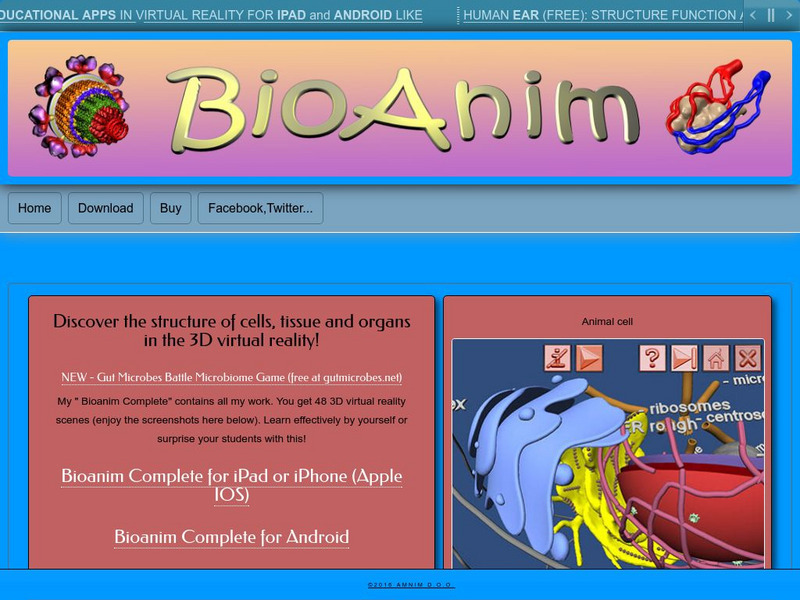
![Active Science: Humans and Animals: Food [Pdf] Interactive Active Science: Humans and Animals: Food [Pdf] Interactive](https://d15y2dacu3jp90.cloudfront.net/images/attachment_defaults/resource/large/FPO-knovation.png)

